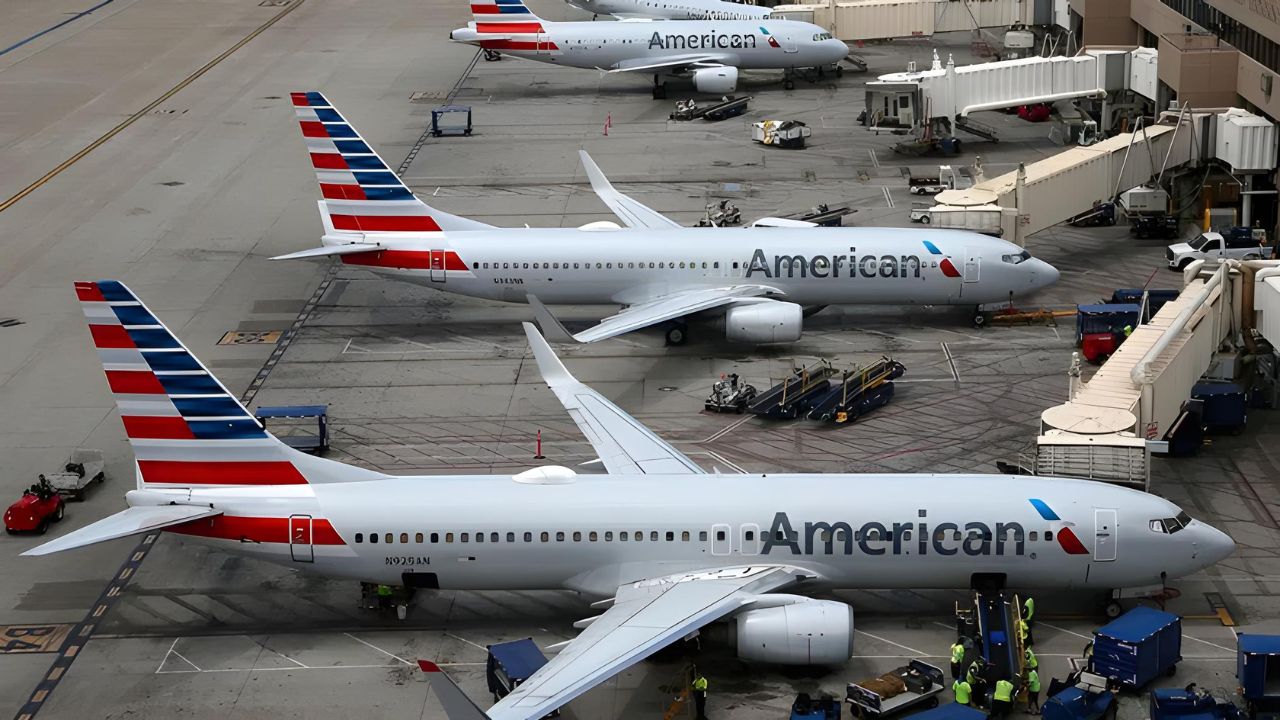When smoke fills a cabin or flames race through an aircraft, every second matters. Yet time and again, passengers in the U.S. and abroad have slowed emergency evacuations by stopping to grab their luggage. On September 16, 2025, the Federal Aviation Administration (FAA) issued a fresh warning to airlines: get passengers to leave their bags behind, or lives could be lost.
Why the FAA Is Sounding the Alarm
In its Safety Alert for Operators (SAFO 25003), the FAA urged airlines to reevaluate crew training, safety demonstrations, and onboard announcements. The core problem: passengers ignoring evacuation rules.
“Any delay caused by retrieval of baggage can significantly affect survival rates in rapidly deteriorating conditions,” the agency noted. U.S. evacuation standards assume all passengers can leave an aircraft in 90 seconds—but grabbing roller bags in dark, smoky aisles can stretch that time “beyond survivability thresholds.”
Other risks include:
- Trip and fall hazards as passengers drag luggage through narrow aisles.
- Blocked exits if bags clog doors or slides.
- Slide damage if heavy luggage punctures evacuation chutes.
The FAA stressed that this is not an isolated issue, but a recurring safety hazard backed by “operational data, post-event analyses, and safety reports.”
Recent U.S. Incidents Highlight the Risk
Several recent evacuations show just how persistent the problem is:
| Flight | Date | Incident | Passenger Behavior |
|---|---|---|---|
| American Airlines 3023 | July 26, 2025 (Denver) | Aborted takeoff, landing gear issue, smoke in cabin | Passengers filmed sliding down with bags in hand |
| American Airlines 2045 | July 12, 2024 (San Francisco) | Laptop battery fire in overhead bin | Many ignored crew orders, reaching for overhead bags |
| Southwest 3316 | Nov. 15, 2024 (Denver) | Cell phone battery fire | Passengers attempted to evacuate with carry-ons |
In all three cases, no lives were lost. But safety experts warn that had conditions deteriorated faster, the outcome could have been tragic.
Lessons From Abroad: When Compliance Saved Lives
Contrast that with two high-profile foreign incidents:
- Air Busan (Jan. 2025): A lithium-ion battery fire engulfed the ceiling of an Airbus A321. Passengers followed crew orders, leaving bags behind. All survived with only minor injuries.
- Japan Airlines (Jan. 2024): An Airbus A350 collided with a Coast Guard plane at Tokyo’s Haneda Airport. Flames consumed the aircraft, but all 379 people evacuated safely. Investigators credited strict compliance with crew instructions.
These cases prove that discipline and coordination can make the difference between survival and disaster.
What Passengers Should Know
While the FAA’s SAFO doesn’t create new regulations, it puts pressure on airlines to:
- Rework safety demonstrations with stronger messaging.
- Update announcements before takeoff and during emergencies.
- Retrain crews to be more assertive if passengers reach for bags.
- Add signage at boarding gates reinforcing the rule.
For passengers, the takeaway is clear:
- Leave everything behind during an evacuation.
- Keep essentials (ID, medication, credit cards) on your person, not in carry-ons.
- Remember: ignoring crew instructions is a federal offense—with penalties ranging from fines to jail time to lifetime flight bans.
Why This Matters Now
Lithium-ion battery fires are on the rise, and they can escalate in seconds. Cabin crew already face the challenge of fighting fires at altitude; passengers slowing exits by clutching luggage only makes the job harder.
The FAA’s message is blunt: the choice between your belongings and your life is not a choice at all.
FAQs:
Is it really illegal to take my bag in an evacuation?
Yes. Ignoring or interfering with crew instructions is a federal offense and can carry steep penalties.
How fast does an aircraft need to be evacuated?
Certification standards require all passengers to exit in 90 seconds, even if only half the exits are usable.
Why does the FAA issue SAFOs instead of new rules?
A SAFO is advisory but strongly encourages airlines to update procedures. It allows quick action without lengthy rulemaking.





















